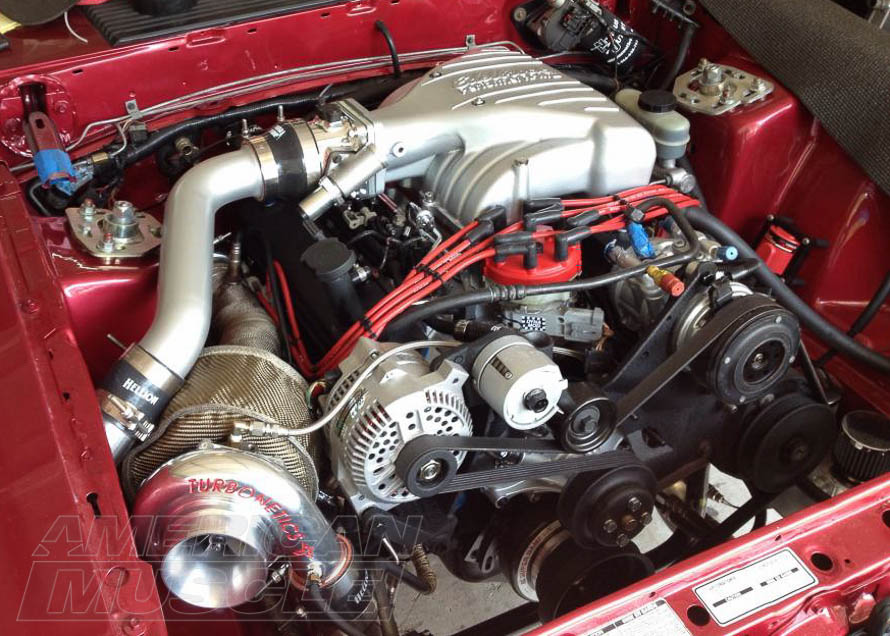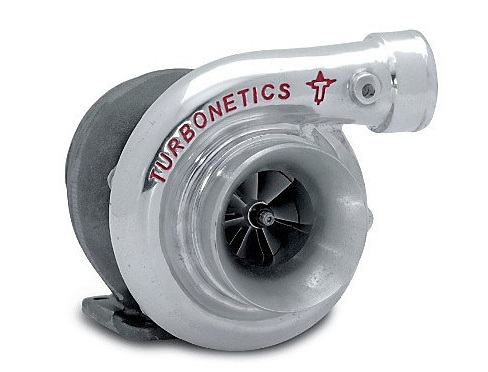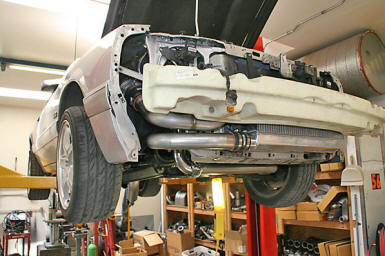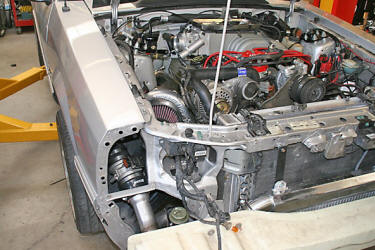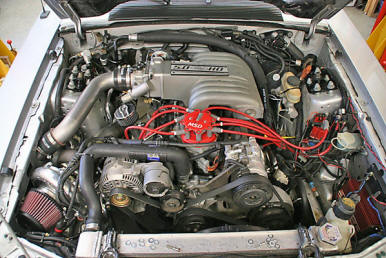A turbocharger uses the exhaust gases of an engine to force more air into the engine and, subsequently, make more power. Let’s extrapolate a little further.
Contents
- When Turbocharging a 1979-1993 Mustang...
- How a Turbocharger Works
- Fox Mustang Turbos: Hot Side vs Cold Side
- Selecting a Fox Body Turbocharger
- Aftermarket Turbo Kits For Fox Mustangs
- Turbocharger Waste Gates
- Turbo Sizing For Different Mustangs
- Turbocharger Supporting Modifications
- Fox Body Intercoolers
- To Turbo or Not to Turbo Your Fox Body Mustang
Shop Fox Body Turbochargers
Boost your Fox Body and you'll have no problem making power. A turbo will utilize your exhaust gasses and will increase power output in excess of 100rwhp, depending on your setup.

